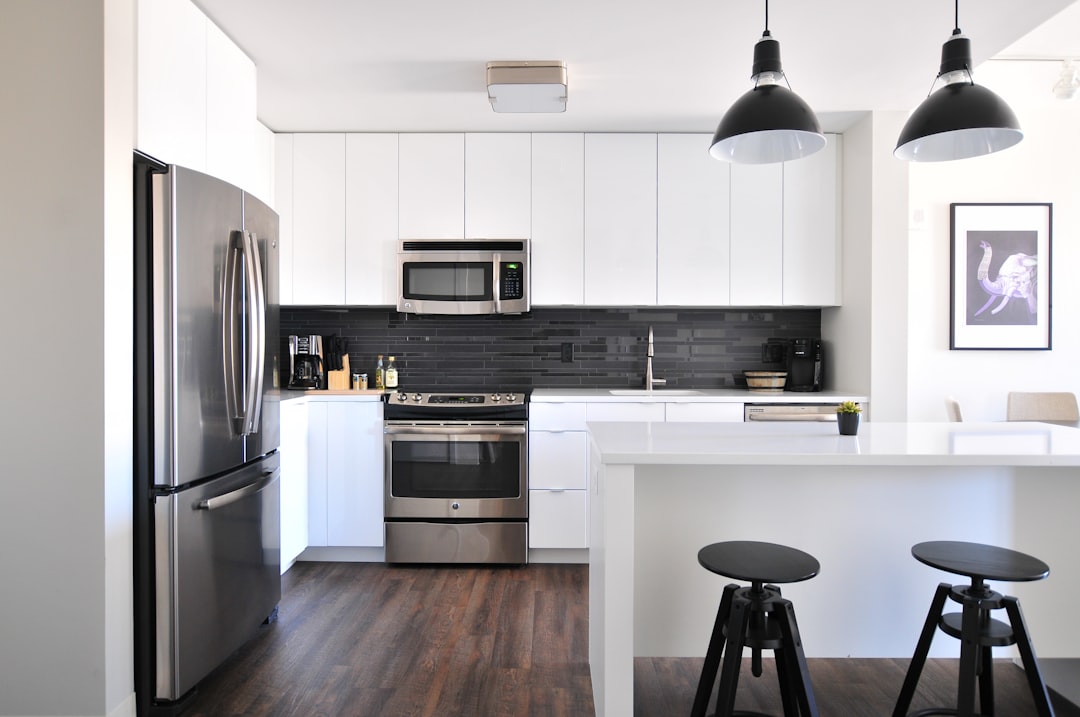The most adverse effect of fastly growing industrialization is observed on the quality of air around us. Overgrowing traffic in the cities emits a lot of pollutants that mix up in air and make it harmful for living organisms, especially human beings. The general perception is that air inside homes is clear and fresh. But the reality is different as the outside air which is comprising of pollutants, dust, fungal spores, paint fumes, allergens etc. mixes up with inside air and makes it unfit for inhalation.
In 2018 , WHO(World health organization) in a survey pointed out that 4 million people in world die because of indoor air pollution. The main diseases caused by indoor air pollution are chronic obstructive pulmonary disease, stroke and lung cancer.
It is a necessity to adapt an air purifier for pollutant to check and reduce the pollution in air. Both indoor and outdoor air purifiers are in demand in high traffic areas and homes.
The main thing to be checked in selecting a particular air pollutant is to check its pollutant absorbing mechanism. The biggest challenge in picking an air purifier is the different physical properties of two main type of pollutants. Most of the particulate pollutants are absorbed by hepa filter used in a wide range of air purifiers. The other and major pollutants like nitrogen dioxide (No2) from traffic are gaseous and can not be absorbed by hepa filters. An additional activated carbon filter must be present in the purifier. Only activated carbon has the quality to absorb harmful gases. Not all the air purifiers companies use adequate amount of activated carbon in carbon filters. So, one must check the quantity of activated carbon in the purifier.
Hepa( High Efficiency Particulate Arrestor) filters are standardized to absorb as small as 0.3 microns and as large as 2.5PM of particulate pollutants. Some hepa filters are even made to absorb as small as 0.1microns of particulate matter.
One more thing that should be taken into consideration to buy an air purifier is to ensure the quality of fan inside the purifier along with the hepa filter and activated carbon filter. The fan must be powerful enough to drag all the polluted air of room from the two filters ensuring the absorption of all the pollutants present in the room. There are some highly specialised purifiers with UV filters. UV filters remove any germs, bacteria, airborne viruses if left unfiltered by other filters.
The coverage area of an air purifier for pollutant must match the size of the room to ensure pollutant free air in the room.











